Have you been experiencing blurry, cloudy vision as you age? Have you been struggling with driving at night, needing a brighter light to read, or going through frequent prescription changes? You could have cataracts, a common eye condition that affects nearly everyone as they age.
At Berg-Feinfield Vision Correction, our cataract surgeons combine advanced technology with personalized treatments to deliver the best possible care and help you achieve your vision goals.
Request an Appointment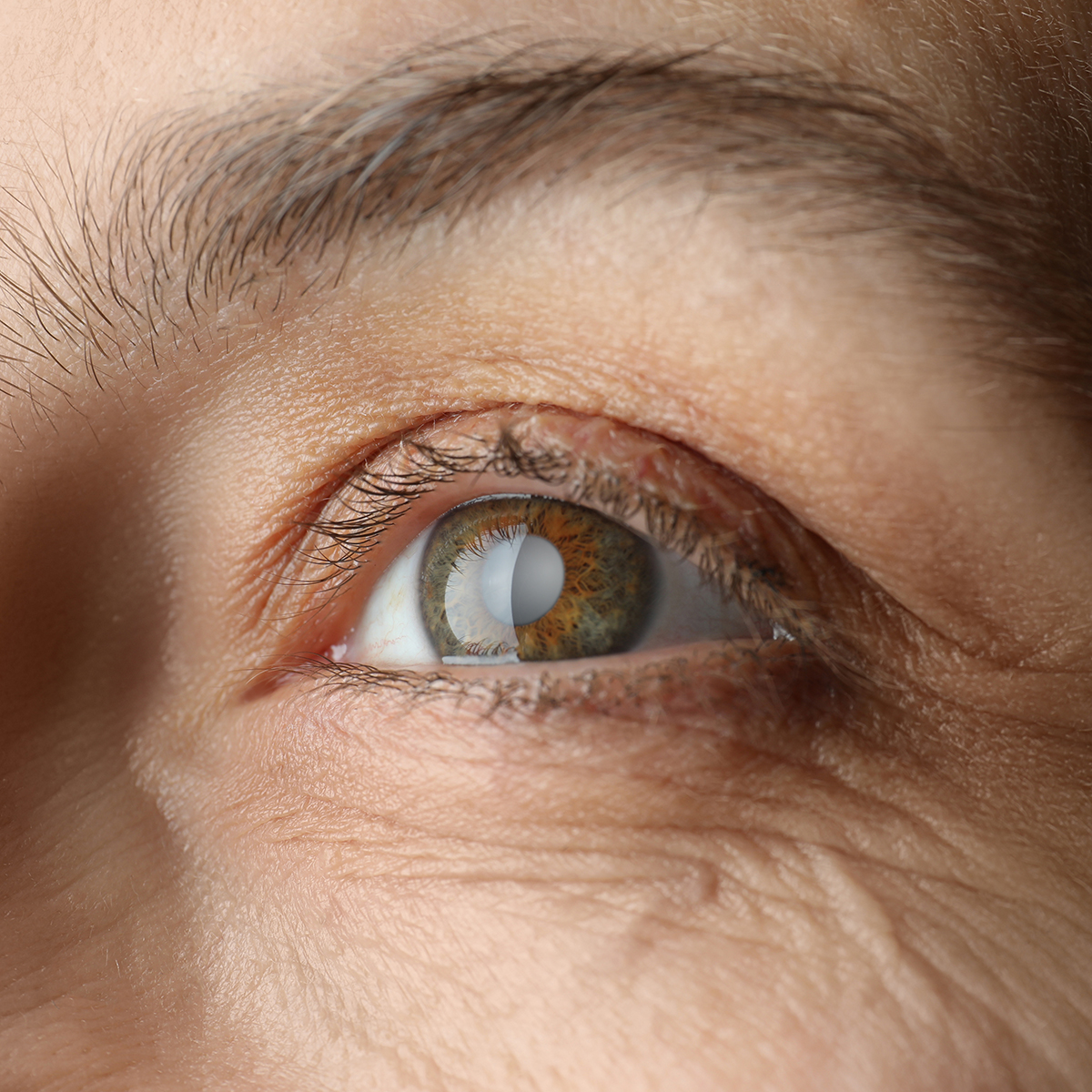
Cataracts are a common condition that affects the natural lens of the eye. The natural lens serves a vital purpose by bending incoming light onto the retina for clear vision.
However, the natural aging process can cause proteins within the lens to break down, forming clumps that cloud your vision and lead to symptoms such as blurry vision, light sensitivity, and colors appearing dull or faded. These vision changes often occur slowly over many years, with most patients not even realizing they have cataracts until they start experiencing challenges, such as trouble reading menus in a dimly lit restaurant or not being able to make out street signs when driving after dark.
While aging is the most common cause of cataracts, they can also form much earlier due to eye injuries, genetics, or certain medical conditions. At your eye exam with Berg-Feinfield Vision Correction, your eye doctor will determine the root cause of your cataracts to help determine the best treatment timeline for your needs.
Request an AppointmentMost cataract patients don't experience significant symptoms at first, and many mistake visual challenges for a need for stronger reading glasses or better lighting. However, as they begin to develop further, you'll likely experience symptoms.
While these symptoms often indicate cataracts, they could be signs of other eye conditions. It's essential to schedule a comprehensive eye exam with your ophthalmologist to receive an accurate diagnosis and an appropriate treatment plan tailored to your condition.
Take Cataract Self-Test






Not everyone needs cataract surgery when they're first diagnosed. Some patients find they can still manage all their daily tasks with simple lifestyle changes, such as increasing lighting and getting stronger glasses.
However, once symptoms start preventing you from driving safely, navigating your home, or attending social events, it's time to consider the procedure. Your eye doctor will conduct a thorough consultation involving a comprehensive eye exam, a review of your symptoms, and a discussion about your lifestyle and visual goals.
This appointment is also when you will have the opportunity to explore different intraocular lens (IOL) options for your procedure.
Request an AppointmentCataract surgery works by removing your cloudy natural lens and replacing it with an artificial intraocular lens (IOL). This lens is completely clear and cannot develop cataracts, providing long-term vision correction and protection.
Monofocal lenses are the standard IOLs used during cataract surgery and are often covered by insurance and Medicare. These lenses correct vision at one distance, with patients often opting for clear distance vision and using reading glasses for up-close tasks.
For patients who want to achieve more freedom from visual aids after cataract surgery and don't mind paying an additional out-of-pocket cost, Berg-Feinfield Vision Correction Center offers a wide selection of premium IOLs, including:
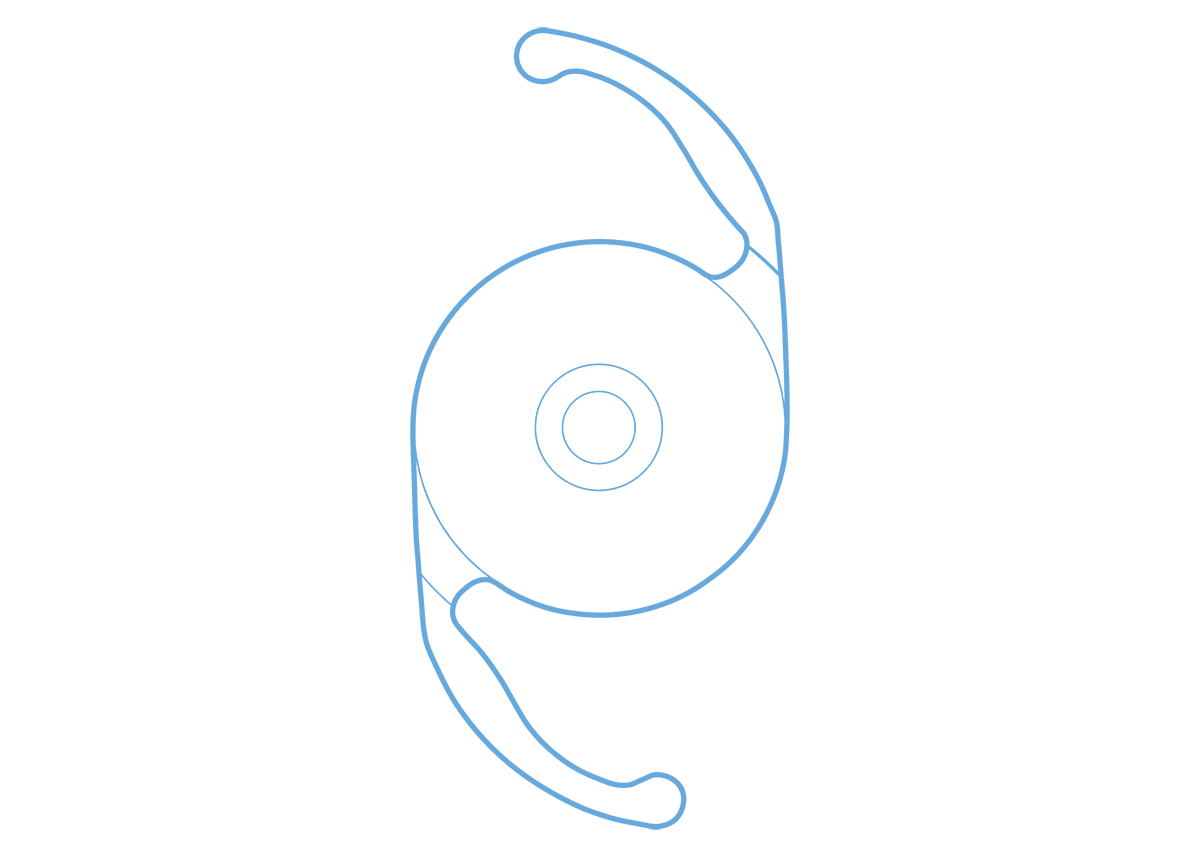
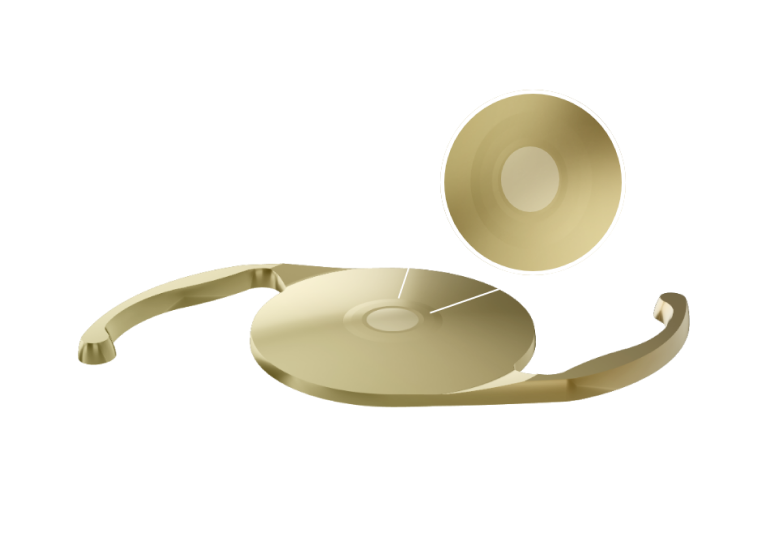
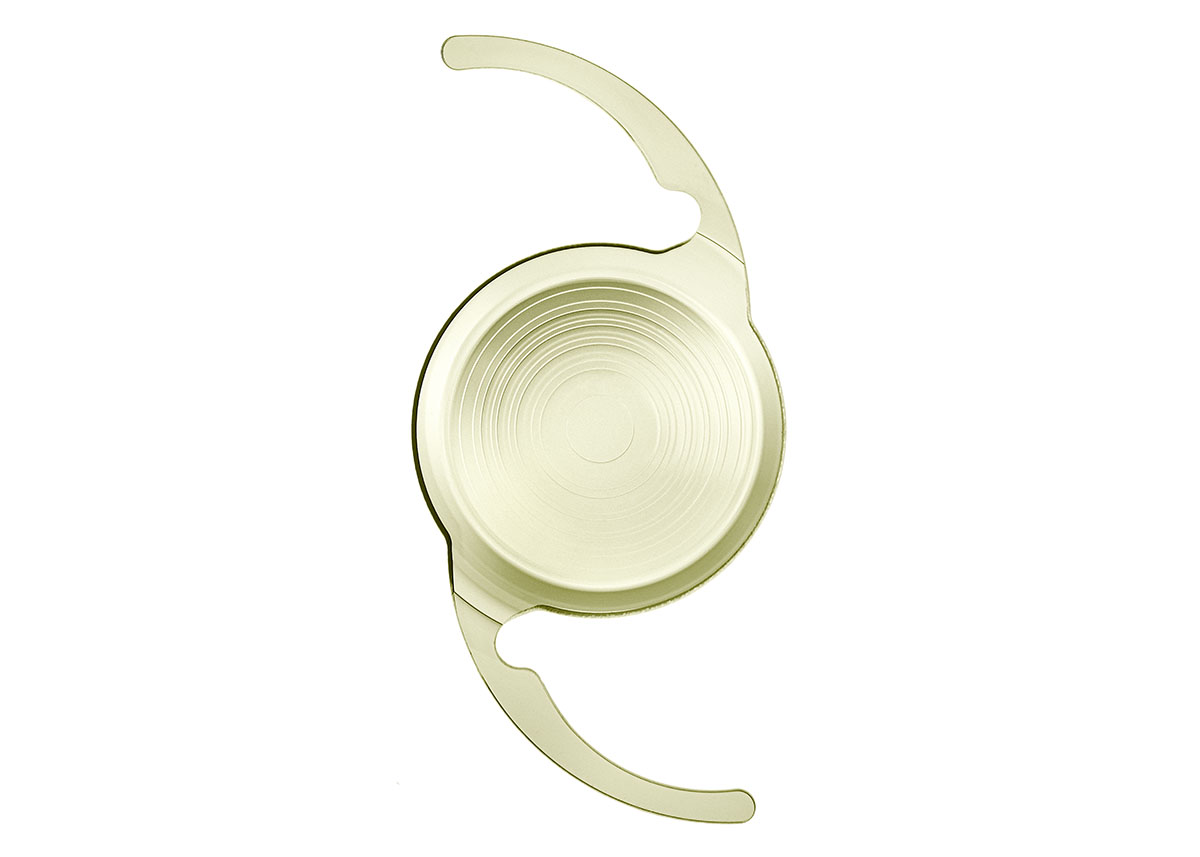
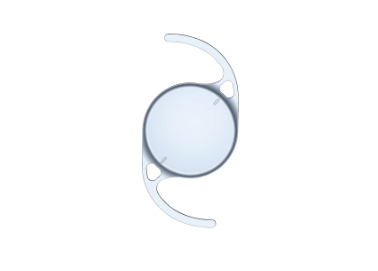
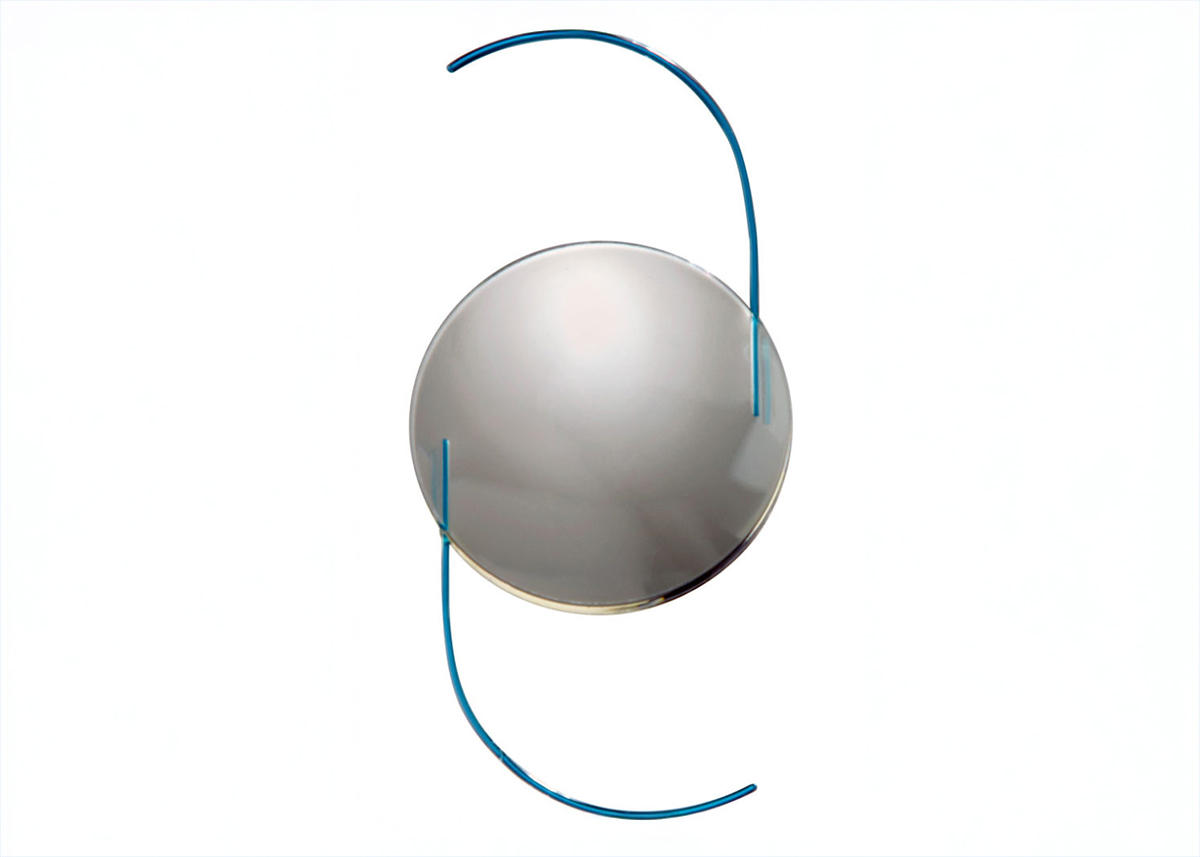
At your pre-cataract surgery consultation, your eye doctor will review your IOL options and help you select the best lens for your budget, vision, and lifestyle.
Request an AppointmentA: While age is the most significant risk factor for cataracts, you may develop them earlier if you:
A: Diagnostic testing typically involves three key assessments. A slit-lamp exam allows your eye doctor to examine your lens, cornea, and iris using a specialized microscope after dilating your pupil.
They may also perform a retinal exam to check your retina and optic nerve for cataracts or other conditions, such as glaucoma. A visual acuity test measures how clearly you see by having you read letters from an eye chart with both eyes. Your doctor may compare current results with previous tests to track changes in your vision over time.
A: Unfortunately, there are currently no other successful treatments for cataracts other than surgery. If you are suffering from uncomfortable and vision-impairing cataracts, but are not ready for surgery, you may find some relief from specially formulated prescription eye drops as a temporary solution.
A: Cataract surgery is a routine procedure with minimal risk of side effects and a comparatively low risk of infection. However, rare risks may include an inflammatory reaction, macular edema, retinal detachment, bleeding, and IOL dislocation. Your eye doctor will discuss all risks before the procedure.
A: No, cataracts cannot return after surgery because the natural lens, where cataracts form from protein buildup, has been permanently replaced with an IOL. However, some patients develop posterior capsular opacification, commonly called "secondary cataracts."
This occurs when cloudy patches form on the lens capsule during the healing process after surgery. Fortunately, this condition is easily treatable with a quick laser procedure called posterior capsulotomy, and vision typically returns to normal within a day.